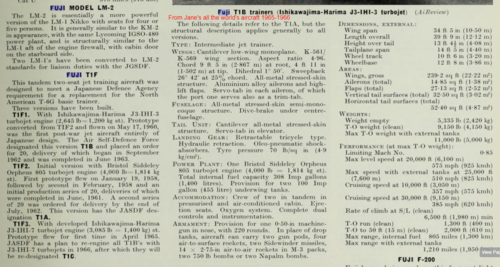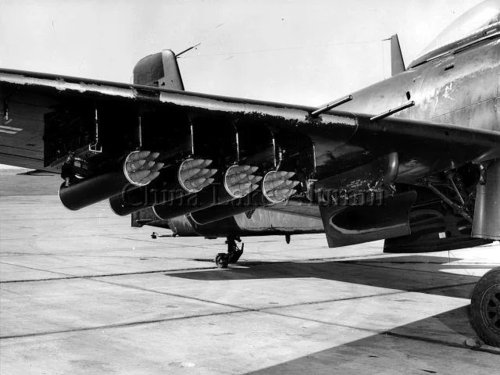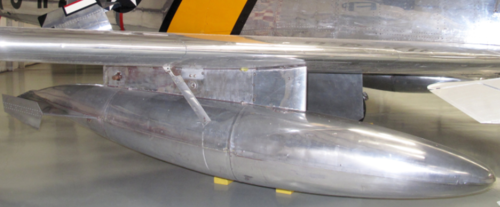blackkite
Don't laugh, don't cry, don't even curse, but.....
- Joined
- 31 May 2007
- Messages
- 8,598
- Reaction score
- 6,849
Hi! This picture shows T-1 trainer porosal, Fuji T1F1, Shinmaywa T1S1 and Kawasaki T1K1.
http://www.ne.jp/asahi/airplane/museum/T-1/T1.html
http://www.ne.jp/asahi/airplane/museum/T-1/T1-2.html
http://www.ne.jp/asahi/airplane/museum/T-1/T1.html
http://www.ne.jp/asahi/airplane/museum/T-1/T1-2.html





























